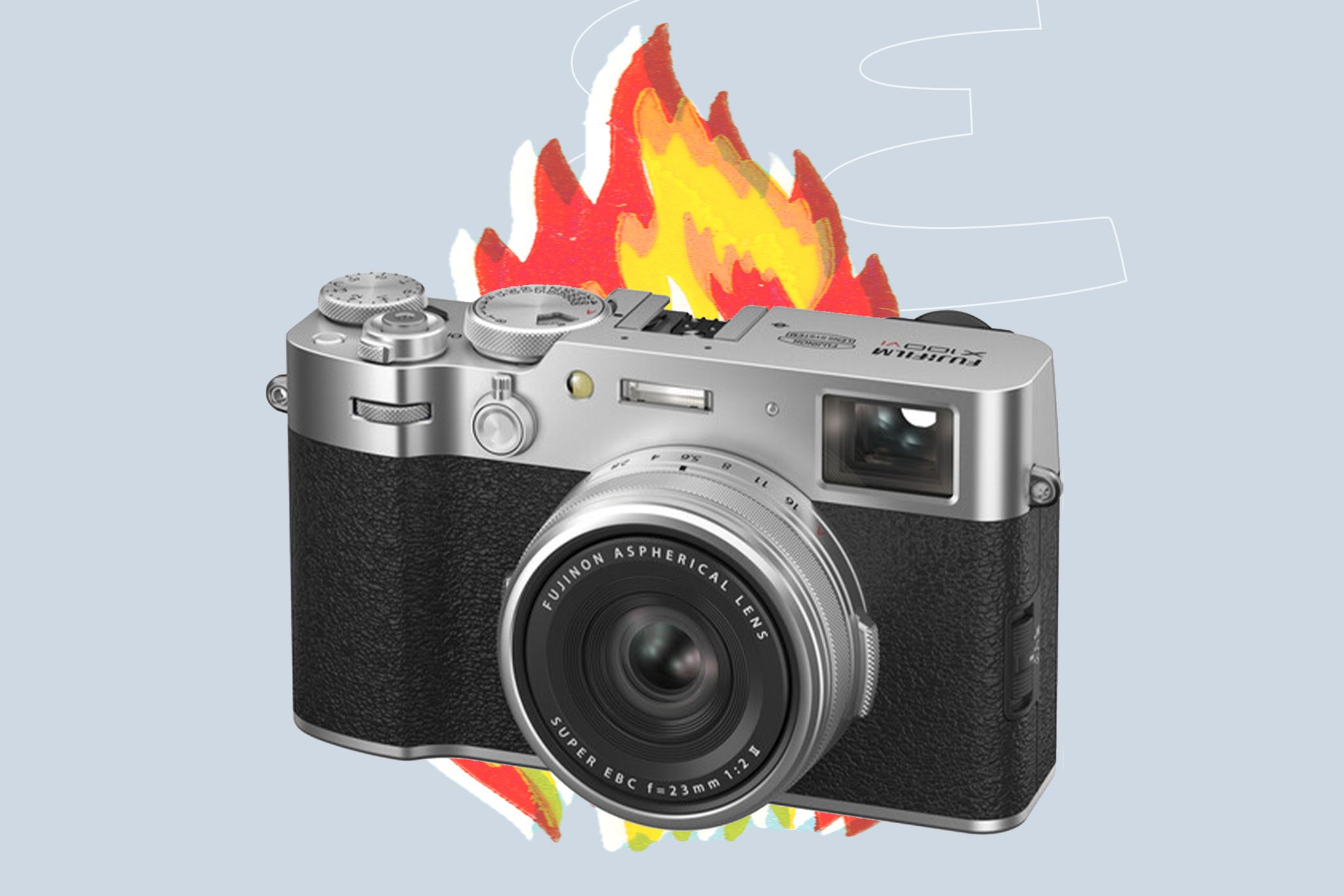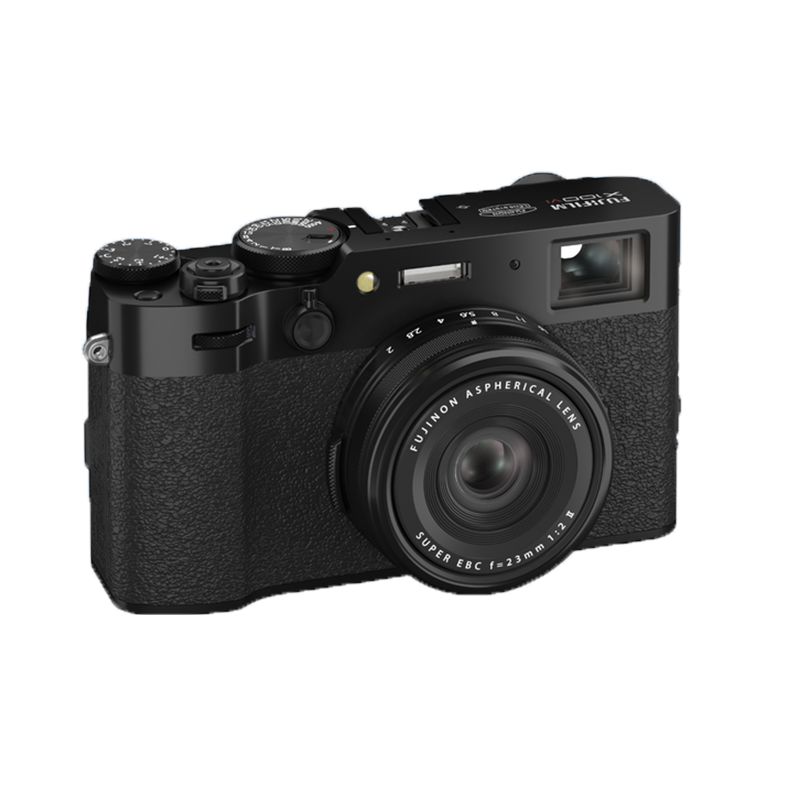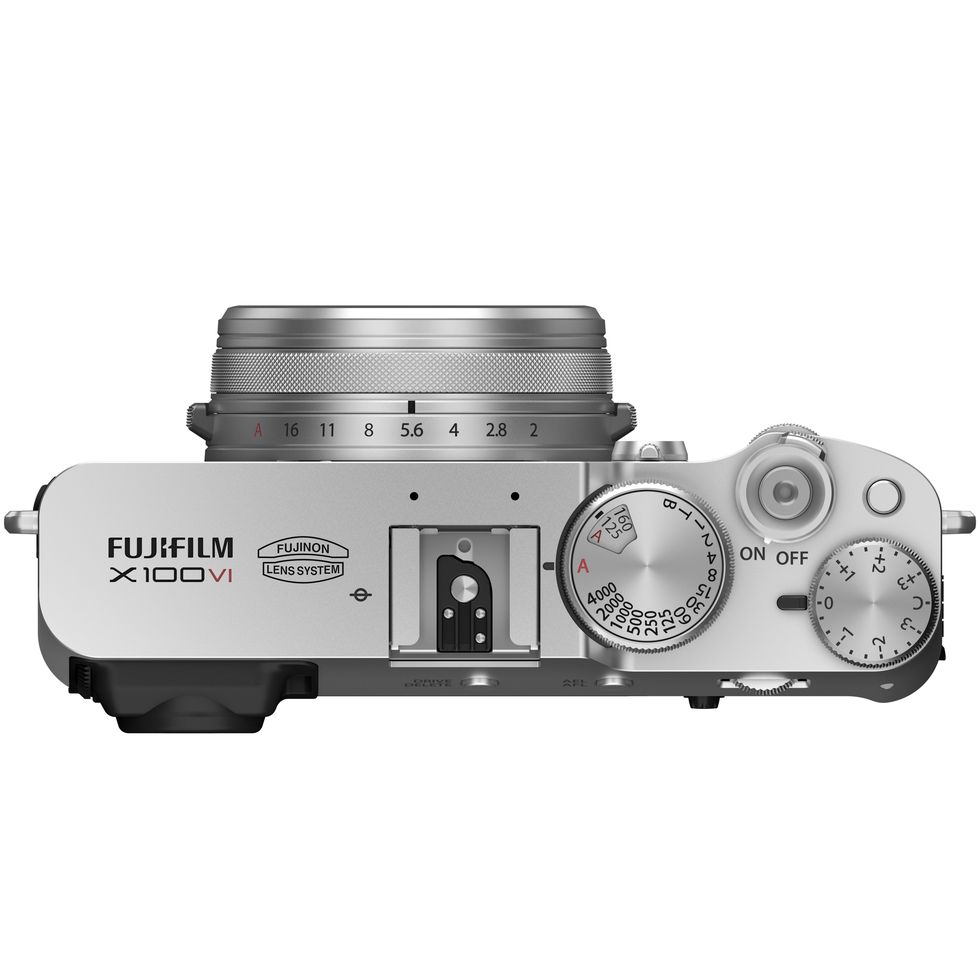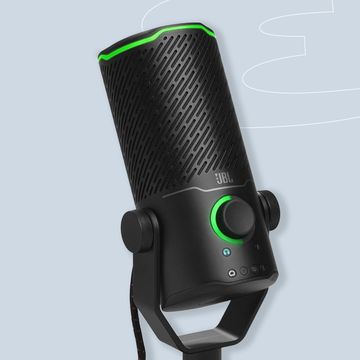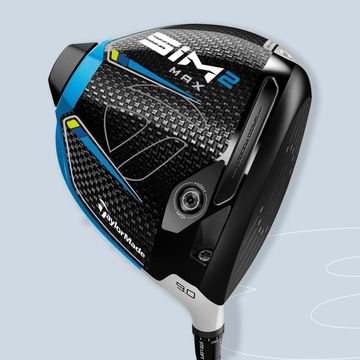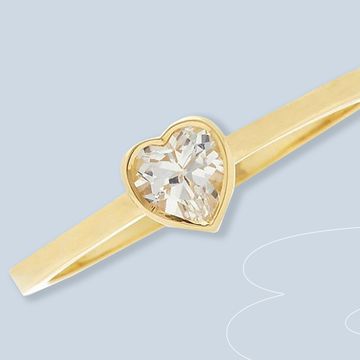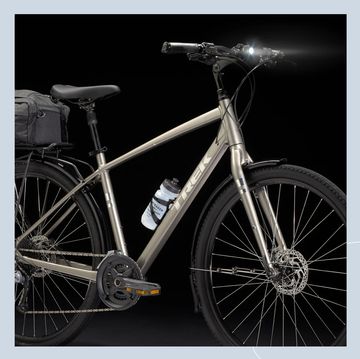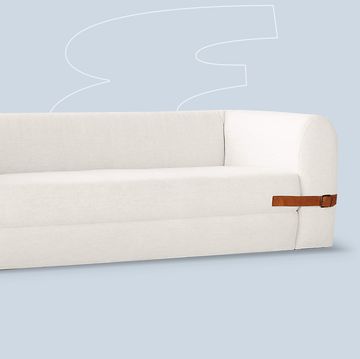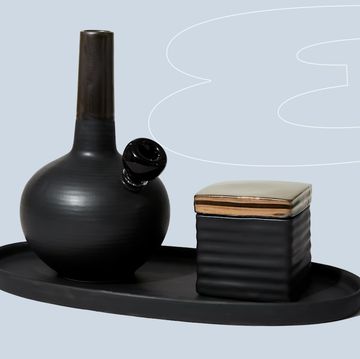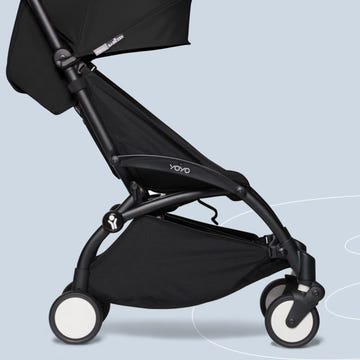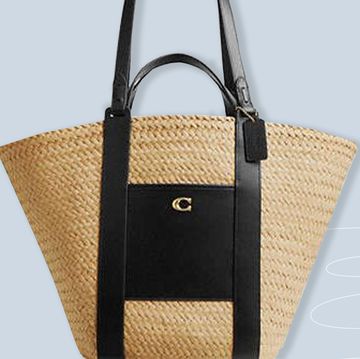Shop $1,599 bhphotovideo.com
Even if you’re not into photography, you might have heard rumbles about the new Fujifilm X100 series. Its classic analog style and ability to simulate the timeless look of film have made it the darling of social media. If your Instagram and TikTok algorithms are anything like mine, you can’t escape the thousands of influencer videos showcasing the X100V’s power to capture dreamy, vintage-inspired photos. I’m obsessed with this camera. A game-changer. Perfect. The BEST. This is all I hear.
This all comes four years after the impossible-to-find X100V was released, and now the much-hyped and much-anticipated Fujifilm X100VI is here. Was it worth the wait? Absolutely. In an age of foldable smartphones and multi-thousand-dollar face computers, people are yearning for simpler, more authentic tech—the kind you don’t need an engineering degree to operate. The Fujifilm X100VI not only looks like something your grandparents used to own, but it’s fun as hell to use.
Still as beautiful as ever.
The retro design of the Fujifilm X100VI remains relatively unchanged from previous generations, and it’s one of the best-looking cameras on the market—with only Leica able to hold a candle to it. It’s slightly thicker and heavier than the X100V, but the new model is still compact enough to fit in your Carhartt jacket or a small North Face cross-body bag for a stroll to the farmers’ market.
There are dedicated dials for aperture, ISO, and shutter speed. (The latter two are stacked on top of each other, just like on a film camera.) There are also multiple function buttons you can map to various features, including a built-in four-stop neutral density filter, which allows you to shoot the camera’s widest aperture even in harsh light. It’s a simple, easy-to-understand design that’s intuitive to use—you can make quick tweaks without looking away from the viewfinder.
Turning the camera’s numerous dials produces satisfying clicks that echo the experience of using an old-school film camera. It’s a tactile experience fewer and fewer digital cameras offer, a throwback to a time when photography was a much more deliberate process. The focus on physical controls fosters a deeper connection with the camera, and it makes a significant difference when taking pictures. I’ve used several digital cameras through the years (I spend a lot of time behind a Sony A7III), and there’s nothing quite like using the Fujifilm X100VI.
Shop $1,599 bhphotovideo.com
You’ll love the new upgrades.
Unlike most digital cameras, the X100VI is a digital range finder with a hybrid viewfinder system. There’s an optical viewfinder on the left that lets you see the world directly, as if you’re looking through a tiny window. You can even overlay digital information like shutter speed and exposure for a traditional feel with modern convenience. A switch lets you toggle to a digital viewfinder, which shows you an electronic preview of your shot through the lens.
The X100VI uses a cropped APS-C sensor, making it lighter and more portable than full-frame cameras. This allows for a compact, built-in 23mm lens (equivalent to 35mm on a full-frame camera) with a wide aperture of f/2 for low-light shooting. The fixed lens is incredibly sharp and perfectly optimized for the sensor, delivering stunning image quality. However, the fixed focal length means you can’t zoom in or out to adjust your framing on the fly. If a subject is far away, you can’t zoom in the way you can with a zoom lens.
On the other hand, as with a point-and-shoot, the fixed focal length can be a fun creative limitation. It forces you to move around and be more intentional with your composition. If you find yourself needing a wider or narrower field of view, the X100VI does support two optional lens adapters that convert the focal length to a wider 28mm (my favorite focal length) or a portrait-friendly 50mm (both equivalent on a full-frame camera).
Compared to last generation’s X100V, the X100VI boasts a significant upgrade with a new 40-megapixel sensor, similar to the one found in the Fujifilm X-T5. The higher-resolution sensor makes the digital zoom options more usable with less loss of detail. However, the smaller APS-C sensor size compared to that of a full-frame camera does mean slightly more image noise at higher ISOs. The camera also has a new X-Processor 5 for faster, smoother performance.
I briefly owned an X100S, and one of my primary criticisms was its slow, sometimes inaccurate autofocus. Granted, the camera came out in 2013, and I bought it second-hand in 2018. It’d seen a lot. Still, it was on the sluggish side, especially compared to more powerful full-frame options. All this is to say the experience is much better with a brand-new X100VI. The camera uses a powerful autofocus system that’s fast and accurate, with the ability to detect and track people, animals, vehicles, or my two-year-old who won’t ever sit still. The X100VI had no issues keeping up.
Finally, the X100VI has a more advanced optical image-stabilization system up to six stops. The improved stabilization means you can hand-hold the camera at much lower shutter speeds, which gives you more leeway to snap sharper photos in low light.
Shop $1,599 bhphotovideo.com
The best colors in the game.
One of the biggest draws of the Fujifilm X100VI (and other Fujifilm cameras) is their film simulations. These are digital re-creations of Fujifilm’s most popular film stocks. They instantly alter the color, contrast, grain, and highlights to give your photos a classic film aesthetic. You can achieve a specific look straight out of the camera. It makes even the most mundane images look good.
Fujifilm’s mastery of color science comes from decades of experience developing a vast range of film stocks, each catering to different photographic needs. The Fujifilm X100VI leverages this rich history by offering access to 20 film simulations, including Provia, Astia, and Velvia. It even includes the Reala Ace simulation, previously found in the much more expensive GFX 100 II camera.
While Fujifilm provides stock film simulations, you can also create or download other “recipes.” These are basically filters that are applied instantly to your images rather than in an editing app. For example, you can create—or use a friend’s formula for—a recipe to mimic the look and feel of Kodak’s beloved Portra 400 film stock. There’s no limit to what you can create, and there’s a vibrant community out there offering free handcrafted recipes. Even if it is a filter itself, the colors and image quality produced by the X100VI are a balm for the disappointment of seeing the increasingly artificial-looking images we get from today’s smartphones. No more of that computational HDR slop. The X100VI’s photos have style and authenticity, and the camera enables you to have agency over said style. It reminds us why we love photography in the first place.
In addition to the new 40-megapixel sensor, the X100VI offers new features for those who dabble in video. You can shoot 6.2K video at 30 frames per second and 4K video up to 60 fps. Plus, there’s support for F-Log 2, giving you greater latitude to achieve the look you want in post. You can also record video with the film simulations applied, making it super easy to capture good-looking footage.
Shop $1,599 bhphotovideo.com
Admit it. You want this camera.
I wanted this camera. (I want it even more after testing it.) You want this camera. Everyone wants this camera. (By the way, can someone lend me $1,600? No reason.) The good news is the X100VI should be much easier to find than the comparatively unobtainable X100V. Once the X100V became popular on social media a few years back, it was perpetually out of stock until Fujifilm eventually said, Fuck it, we can’t keep up. So, instead of producing the new X100VI in Japan as it did with its predecessor, Fujifilm has switched production to China, giving the brand a better shot at satisfying fervent demand. At least, that’s the hope.
The bad news is the X100VI is more expensive than its predecessor. When the X100V debuted, it retailed for $1,399. The X100VI bumps the price tag to $1,599, a $200 jump. That’s a lot of money for a fixed-lens camera. That said, if you can afford it, the X100VI is worth every penny, limitations and all.
It can be easy to get caught up in the hype of new releases, but the X100VI is the real deal. It’s such a fun everyday camera—easy to carry, a breeze to use, and delivers incredible results. Yes, all those social media influencers who said this camera is good were, in fact, correct. I’m as annoyed as you are. But do yourself a favor: Pick one up, and once you experience its perfect blend of old-school design and modern tech, you’ll say to yourself, “Hell yeah.”
Shop $1,599 bhphotovideo.com
